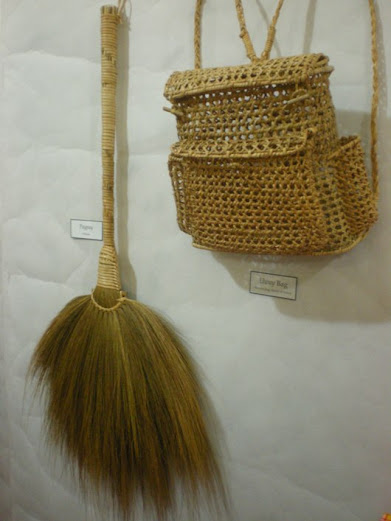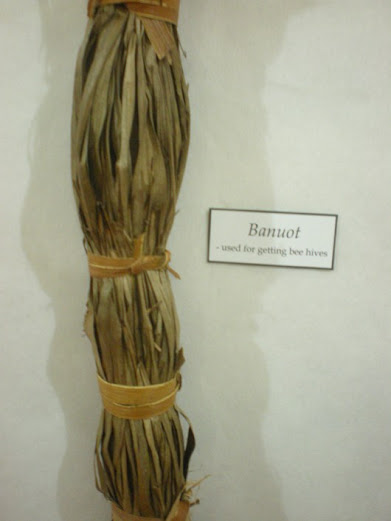Gary Consing, the Chieftain of an Eata tribe in Cadiz Cit, addressed the small crowd that gathered at the Negros Museum last February 29 during the launching of the exhibit of the Saulog! Celebrating an Ancient Culture & Way of Life in the Visayas.
Albeit quite shyly, Manong Gary thanked the organizers for giving them the chance to share their culture. He apologized that he doesn’t know how to speak English yet even with his lack of mastery of the English language, it couldn’t hide the fact that he’s a leader since he’s quite adept at speaking in front of a crowd.

Eatas are hunter-gatherer and as what we learned during interviews with them, they are not nomadic unlike the Aytas. Theirs is an ancient culture handed down for centuries and if you think about it, they are the original inhabitants of Negros Island. They are the Negritos that the Spanish explorers saw when they arrived in the island thus they name d the island Negros.
Their life in the hinterlands of Negros is quite fascinating. Despite being exposed to the culture of the lowland people, they still practice their ancient way of life. For the Eatas, the forest is their life that’s why they protect it. Their food comes from the forest as well as their source of income.
The Eatas have mastered how to survive in the forest. Can you imagine yourself cooking without a stove or pot for that matter? They don’t need those. They start fire by using stones and they cook using young anahaw leaves. They usually gather food found in the river and the riverbanks like bunog (fish), banag (shell), and padampang (vegetable). A usual fair would include boiled camote, banana or cassava and a stew of padampang, ubod of balasya palm, flavored with batwan and wrapped in young anahaw leaves. When cooking, they apply bulitik, the sap from the bark of almaciga tree, under the anahaw leaves. When placed above the fire, the bottom of the anahaw leaves with the bulitik will be on fire but will not burn.
The Eatas use simple tools in hunting such as the bow and arrow and spear. They make brooms and bags from rattan which they sell to the lowlanders as a source of income.

They also gather honey by smoking the hive by burning a bunch of palm leaves they call banuot. The trick is not to put the smoke too near the hive so as not to kill the bees but only to make them escape from the smoke. We tasted the honey they brought and they really tasted different. As what Lee Santiago said, you can taste the forest with it. It’s sweet with a hint of sourness.


It was an interesting look into the lives of our indigenous people. Modern technology may have reached them with their use of cellphones but I hope they retain their culture. Manong Gary says they’re poor but perhaps by our standards only. The forest has given them more than enough for their needs and if kept protected from exploitations of lowlanders, it will continue to provide for them for generations to come.
Get a chance to have a glimpse of their life and culture during the exhibit culmination of the Saulog! Celebrating an Ancient Culture & Way of Life in the Visayas on May 2, 2012 at 10am at the Negros Museum. It will be followed by Dulhog, a symbolism of the traditional barter system where products of the indigenous people can be bought.
Those who want to buy honey for sale at the Saulog/Dulhog (May 2, 2012) can pre-order a 750ml bottle for 230 php (discounted pre-order price, original price at 270 php) at the Negros Museum. Look for Phoebe or Niña.

My great grandmother, nanang enang, was a native in that area of the aeta tribe. How I wish I could visit the place of my ancestors and be with the people whos fibers of being has a connection with mine.
My nanang Enang has no surname when she was maiden, she was the wife Sr. Agustines a spaniard of whom I don’t know much being 3 generations away.
Sure I am looking forward to seeing that beatiful people in the very near future.
Rene I
Are they still exist nowadays ? Which part of negros ?
proud to be a negrense…